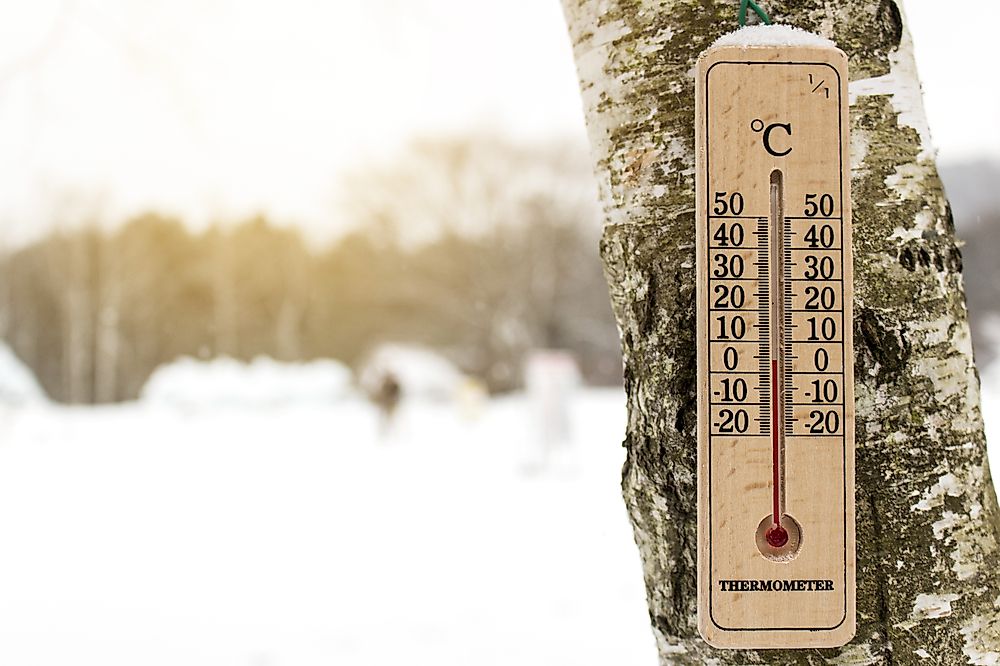What is the Freezing Point in Celsius?

The freezing point can be defined as the temperature at which a liquid transforms into a solid at a given pressure. The freezing point is usually defined after a liquid is subjected to low temperatures. However, in a few substances, freezing occurs after liquid experiences an increase in temperature. The most common substance, water, has a freezing point of 0o Celsius.
Supercooling
Supercooling is the process under which a liquid does not turn into solid form despite being subjected to temperatures below the freezing point. Such a liquid will only crystallize after an additional seed nucleus, or seed crystal is added into it. However, if the liquid maintains its original structural composition, it will solidify. Supercooled liquids have distinct physical properties, many of which are yet to be conclusively understood by scientists. Water is known to remain in the liquid state after supercooling even at temperatures as low as – (negative) 4000 Celsius and when exposed to high-pressure conditions, supercooled water will stay in a liquid state at low temperatures of – (negative) 700 Celsius. For comparison, the freezing point of pure water in normal conditions is 00 Celsius.
Crystallization
In most liquids, the process of freezing involves crystallization. Crystallization is the process in which a liquid turns into a crystalline solid form upon exposure to low temperatures and altering the liquid’s atomic structure to form a crystal structure. Freezing is slowed down during crystallization and temperatures remain constant until freezing is complete. Besides temperature, other factors that affect the process of crystallization are ionization and polarity of the liquid.
Vitrification
There are numerous substances which do not crystallize even when subjected to low temperatures but instead go through a process known as vitrification where they retain their liquid state but the low temperatures alter their viscoelastic properties. Such substances are known as amorphous solids. Some examples of these amorphous solids are glycerol and glass. A few forms of polymers are also known to undergo vitrification. The process of vitrification is distinct from freezing as it is defined as a non-equilibrium process where there exists no equilibrium between a crystalline and its liquid form.
Exothermic and Endothermic Freezing
The freezing process in most compounds is primarily an exothermic process which means that for the liquid to transform into a solid state, pressure and heat are required to be released. This heat that is released is a latent heat and also called the enthalpy of fusion. The enthalpy of fusion is the energy required to turn a liquid into a solid and vice-versa. The only notable exception to this definition is any supercooled liquid due to the altering of its physical properties. There is one element that is known to exhibit endothermic freezing where the temperature is required to increase for freezing to take place. This element is Helium-3 which at a certain pressure requires an increase in temperature for freezing to occur and therefore can be termed as having a negative enthalpy of fusion.
Application of Freezing
The process of freezing has many modern uses. One of the uses is for the preservation of food. The reason behind the success of freezing in food preservation is that it reduces the rate of reaction of compounds in food as well as preventing bacteria growth by limiting the availability of liquid water.











